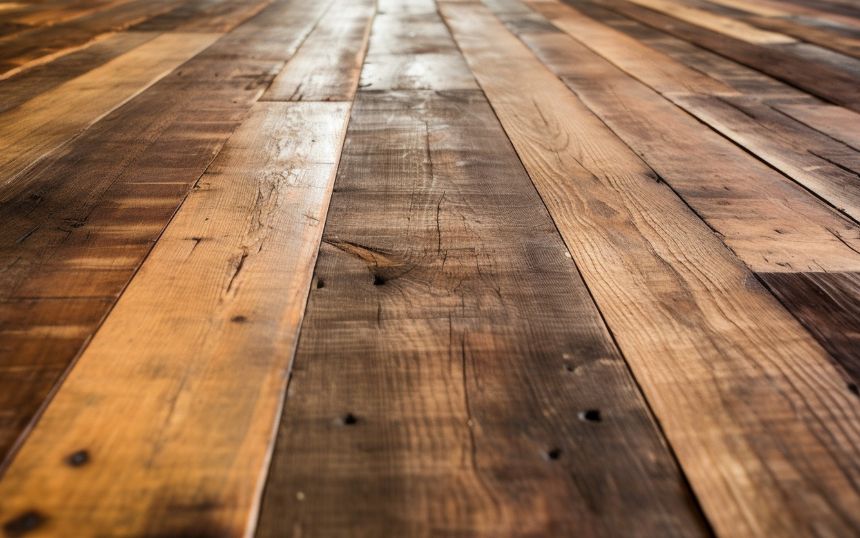Expert advice for maintaining and repairing concrete driveways
Concrete driveway maintenance tips
Welcome to our blog post on expert advice for maintaining and repairing concrete driveways! Whether you are a homeowner looking to keep your driveway in top shape or a professional in the construction industry, these tips and techniques will help you extend the lifespan of your concrete driveway and keep it looking great for years to come.

Concrete driveway maintenance
Maintaining your concrete driveway is essential to ensure its longevity and prevent costly repairs. By following these maintenance tips, you can protect your investment and enjoy a beautiful and functional driveway.
Regular cleaning
Regularly cleaning your concrete driveway is the first step in maintaining its appearance and structural integrity. Use a broom or leaf blower to remove debris and leaves on a regular basis. This will prevent stains and the accumulation of dirt.
For tougher stains or oil spills, consider using a pressure washer. Make sure to use the appropriate nozzle and keep the pressure within recommended limits to avoid damaging the concrete surface. You can also use a mild detergent or a concrete cleaner to remove stubborn stains.
Sealing
Applying a sealer to your concrete driveway is an important step in preventing damage from exposure to the elements. Sealers create a protective barrier that helps to prevent water penetration, freeze-thaw damage, and the growth of mold and mildew.
Before sealing your driveway, make sure to thoroughly clean it and allow it to dry completely. Follow the manufacturer's instructions for the sealer and apply it using a roller or a sprayer. Be sure to apply an even coat and work in small sections to avoid uneven coverage.

Crack repair
Cracks in your concrete driveway not only affect its appearance but can also lead to more significant damage if left unattended. Repairing cracks promptly is crucial to prevent water from seeping in and causing further deterioration.
For small cracks, you can use a concrete patching compound or a concrete caulk. Clean the crack thoroughly and apply the patching compound or caulk according to the manufacturer's instructions. For larger cracks or extensive damage, it is recommended to consult a professional.
Avoiding heavy loads
Although concrete driveways are designed to withstand heavy loads, it is best to avoid placing excessive weight on them whenever possible. Heavy vehicles, such as construction equipment or moving trucks, can cause stress and damage to the concrete.
If you need to park heavy vehicles on your driveway, consider using plywood or other protective sheets to distribute the weight and reduce the pressure on the concrete surface.
Preventing freeze-thaw damage
In cold climates, freezing and thawing cycles can cause significant damage to concrete driveways. The expansion and contraction of water as it freezes and thaws can lead to cracks, spalling, and other forms of deterioration.
To prevent freeze-thaw damage, make sure to remove snow and ice promptly using a snow shovel or a snowblower. Avoid using de-icing chemicals that can corrode and damage the concrete. Instead, use sand or kitty litter for traction.
Regular inspections
Regularly inspecting your concrete driveway can help you identify potential issues early on and take necessary actions to prevent further damage. Look for cracks, potholes, uneven surfaces, or any signs of deterioration.
If you notice any problems, address them promptly by repairing the damage or contacting a professional contractor for assistance.

Concrete driveway repairs
Despite your best efforts in maintenance, concrete driveways may still require repairs over time. Here are some common issues that can occur and how to address them:
Potholes
Potholes are usually caused by water seepage and the subsequent erosion of the underlying soil. To repair a pothole, start by removing any loose debris or damaged concrete. Fill the hole with a patching compound or a mix of Portland cement and sand. Smooth the surface and allow it to cure according to the manufacturer's instructions.
Spalling
Spalling refers to the flaking or chipping of the concrete surface. It is often caused by freeze-thaw cycles, the use of de-icing chemicals, or the presence of excess moisture. To repair spalling, remove the damaged concrete and clean the area thoroughly. Apply a bonding agent and then fill the area with a repair mortar or a concrete resurfacer. Smooth the surface and allow it to cure.
Uneven surfaces
Uneven surfaces can be caused by shifting soil, poor installation, or the settlement of the concrete over time. To level an uneven surface, you may need to hire a professional contractor who can assess the situation and recommend the appropriate solution, which may involve mudjacking, grinding, or resurfacing.
Cracks
Cracks in concrete driveways can occur due to several factors, including temperature changes, moisture, and heavy loads. Smaller cracks can be repaired using a concrete patching compound or caulk. For larger cracks or extensive damage, it is best to consult a professional who can provide specialized repair techniques.
Remember, proper maintenance and timely repairs are key to prolonging the lifespan of your concrete driveway. By following these expert tips and addressing any issues promptly, you can enjoy a beautiful, functional, and durable driveway for years to come.





